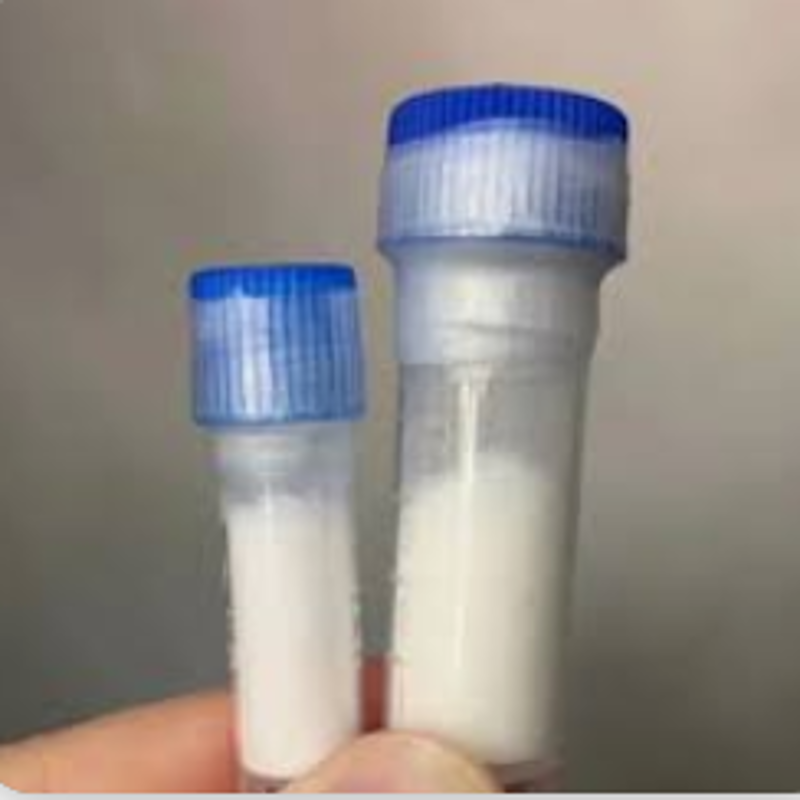-
Categories
-
Pharmaceutical Intermediates
-
Active Pharmaceutical Ingredients
-
Food Additives
- Industrial Coatings
- Agrochemicals
- Dyes and Pigments
- Surfactant
- Flavors and Fragrances
- Chemical Reagents
- Catalyst and Auxiliary
- Natural Products
- Inorganic Chemistry
-
Organic Chemistry
-
Biochemical Engineering
- Analytical Chemistry
-
Cosmetic Ingredient
- Water Treatment Chemical
-
Pharmaceutical Intermediates
Promotion
ECHEMI Mall
Wholesale
Weekly Price
Exhibition
News
-
Trade Service
On July 9,, Sun Yangang Research Group, Center for Excellence in Brain Science and Intelligent Technology (Neuroscience Research Institute), Shanghai Brain Science and Brain Research Center, and National Key Laboratory of Neuroscience, completed a research paper entitled "Armside nuclei transmits pain information about the upper spinal cord directly to the core of the hypothalamus instead of the amygdala", published online in NeuronThe study illustrates the cell and neural loop mechanisms of long-range transmission and induced protective behaviorpain is an important way for humans and animals to perceive changes and threats in the environment inside and outside the body, and plays an important role in maintaining individual survival and healthHowever, chronic pain causes pain to patients and affects their quality of lifeIn-depth analysis of the neural mechanisms of pain information processing will help to identify new targets for chronic pain treatmentIn recent years, progress has been made in the study of molecular and cellular mechanisms in the processing of spinal cord pain informationHowever, little is known about how information about pain perception is passed from the spinal cord to the brain, which limits the in-depth analysis of the neural loops associated with the processing of pain information in the brainprevious studies have shown that spinal cord projection neurons transmit body sensory information to multiple brain regions, including the thalamus, gray matter around the pipe, the isolated nucleus, and the arm-side nucleusUsing the virus tracing method, the researchers found that the projection neurons of the one-sided spinal cord of the mice were projected simultaneously onto the same side and onthe side arm nucleus, which was very different from the side projection pattern of the spinal cord's upward projection into other brain regionsAnimals often exhibit protective licking behavior after local injuries or inflammatory reactionsThe researchers used pharmacological genetics, photogenetic sedituographygeneticto study the role of the side spinal cord-arm nucleus loop in protective licking behavior induced by inflammatory painThe study found that inhibiting the same spinal cord-arm side nuclear loop significantly reduced the risk of inflammatory pain-induced licking behavior, but inhibiting the side spinal cord-arm nuclear loop did not affect the associated licking behaviorConsistent with the above results, activating the same side spinal cord-arm side nuclear loop induces licking behavior, while activating the side loop does not induce licking behaviorThe study further found that most of the neurons in the arm side nucleus that received the input of the spinal cord expressed the fast-kinetic peptide type I receptor (Tacr1) In addition, Tacr1-positive neurons can be selectively activated by a variety of harmful stimuli and play a key role in the processing of pain information Previous lying has speculated that the arm-side nucleus may transmit the body sensation information of the upper spinal cord to the amygdala Contrary to previous speculation, the study found that arm-side nucleus cells receiving spinal cord input formed a direct excitatory synapse connection with neurons in the hypothalamus core rather than the amygdala The results showed that the same spinal cord-arm-side nuclear loop transmits information about pain from the spinal cord directly to the core of the hypothalamus rather than the amygdala This study reveals the cell and loop mechanisms of upward transmission of pain-related information in the spinal cord, which lays the foundation for further study of the plasticity and regulatory mechanisms of pain perception information processing loops (
Biovalley Bioon.com)







